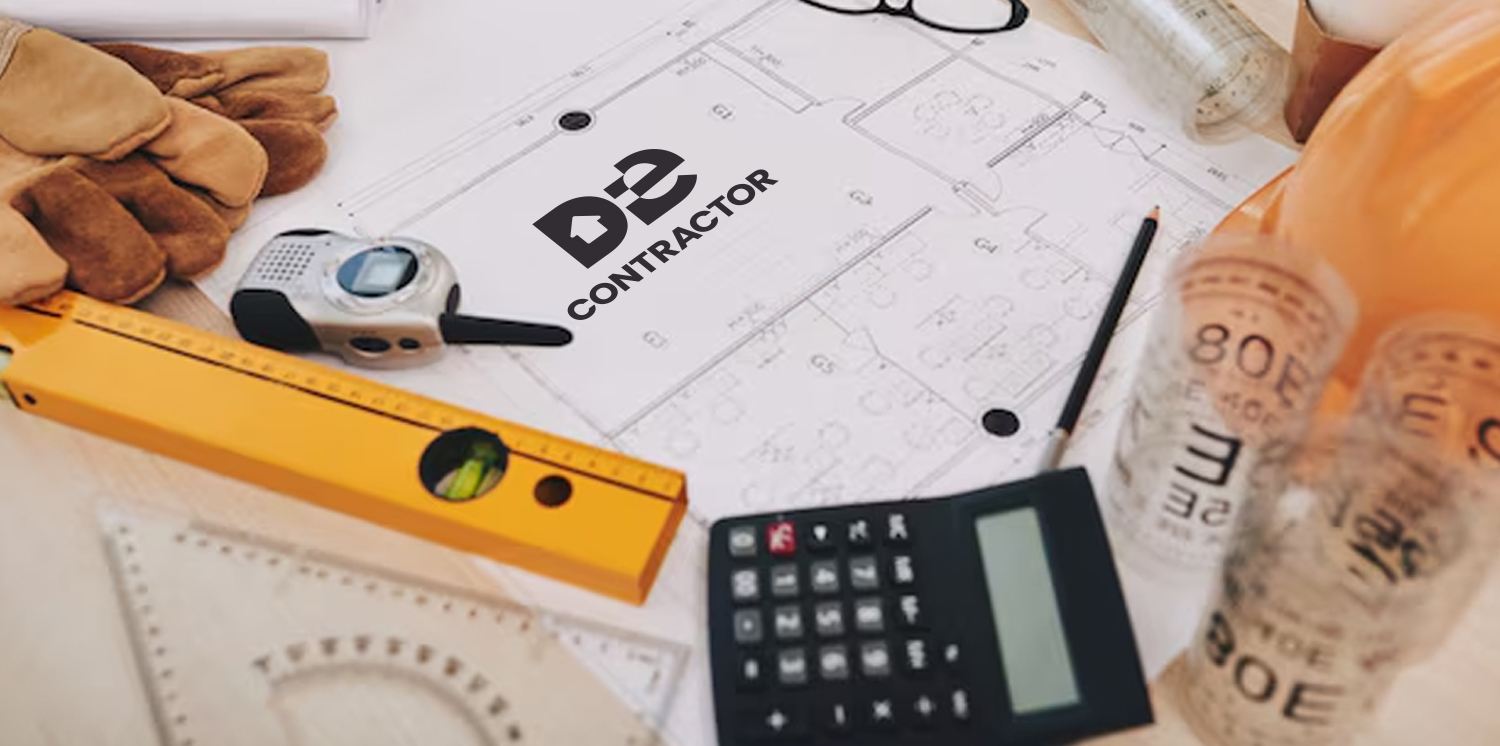Take-off and markup are two key processes in construction estimating that involve detailed measurement of materials and labor required, followed by applying an additional percentage to cover overhead and profit. Here I explain how to carry out each of these processes:
Take-Off (Detailed Measurement):
Review Plans.
Start by carefully reviewing the architectural drawings and other project-related documents to identify all the elements you need to measure and quantify.
Division by Areas.
Divide the project into manageable areas or components, such as foundations, walls, roofs, mechanical systems, electrical systems, among others.
Material Measurement.
Use tools such as scales, rulers, tape measures, and computer-aided design (CAD) software to measure the dimensions of elements in the plans and calculate the quantities of materials needed.
Data Recording.
Meticulously record the quantities of materials for each area or component in a spreadsheet or estimation software. This includes materials such as concrete, wood, steel, plaster, paint, etc.
Specific Considerations.
Take into account any special details or factors that may affect the measurements, such as waste, material overlaps, tolerances, etc.
Markup (Overhead and Profit):
Markup Determination.
Decide the percentage of markup you want to apply to the cost of materials and labor to cover overhead expenses and achieve a profit margin. This markup typically varies depending on the type and size of the project, as well as the business practices of the company.
Markup Calculation.
Apply the markup percentage to the direct costs of materials and labor that you have calculated during the take-off process. This will give you the additional amount you need to add to cover overhead expenses and profit.
Cost Breakdown.
You can break down the markup into different categories, such as overhead expenses, insurance, taxes, and net profit, to have a clear understanding of how this additional percentage is distributed.
Final Review.
Review your complete estimate, including material costs, labor costs, and markup, to ensure it is accurate and comprehensive.
It’s important to carry out these processes with precision and attention to detail to obtain a construction estimate that is realistic and competitive.




0 Comments